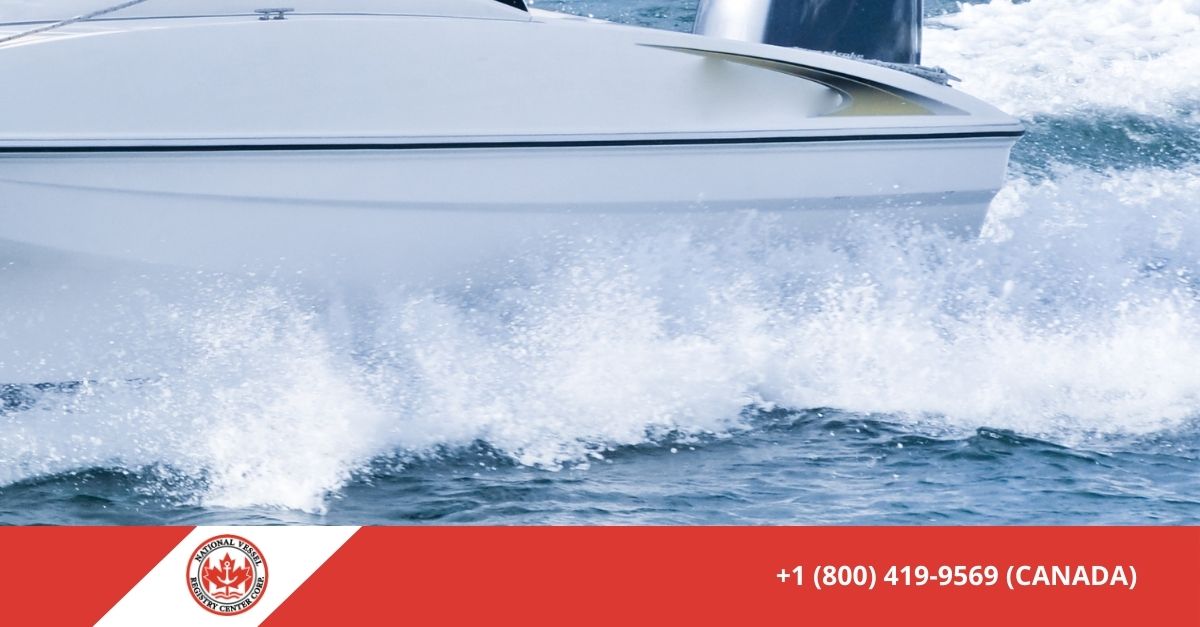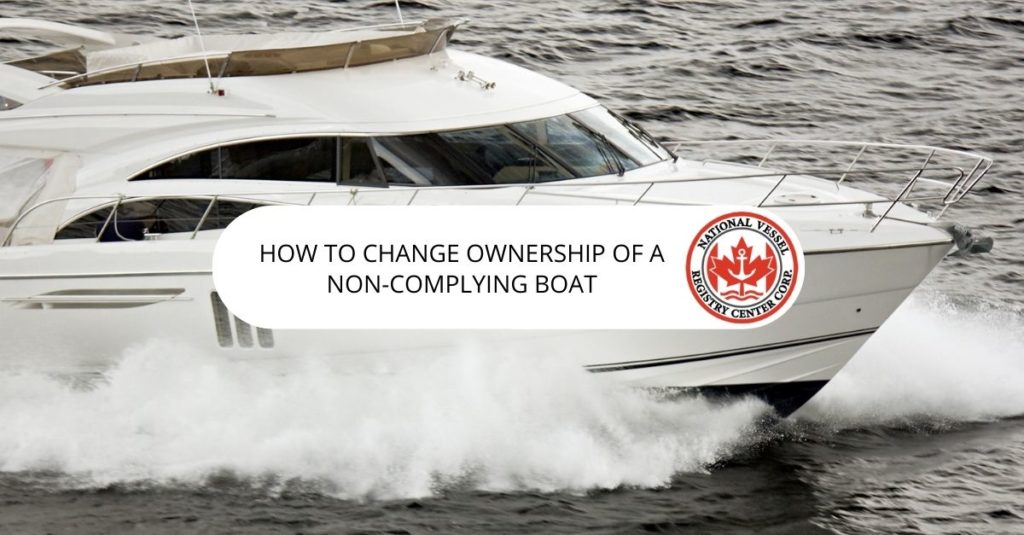Are you the proud owner of a vessel that does not comply with the regulations? Did you know that a process must be followed to transfer ownership of a vessel not in compliance with the regulations? This article will discuss the steps involved in how to change ownership of a boat in Ontario of a yacht that does not conform to the regulations. Non-complying boats, defined as those that do not adhere to the safety and construction criteria set out by Transport Canada, are only allowed to be transferred to Canada via a specific procedure. You must be familiar with the unique procedure that Transport Canada has in place for non-complying boats if you are considering selling or transferring ownership of your yacht. The following is a rundown of the procedures that must be carried out to ensure that the transfer goes off without a hitch.
Make Sure Your Boat is Up To Code
Make sure the yacht you’re interested in buying has been built and designed by all applicable laws and regulations. But even if you’ve done your homework well, issues may still surface. For instance, the number of engines a boat may have is regulated by various states. Keep calm if you buy a yacht with two engines but later find out you need to remove one to meet legal requirements. A dealer from whom you purchased a boat should be able to inform you as to whether or not the vessel meets state requirements for registration. Obtaining this data may be challenging if you purchased the yacht from a private party. Suppose the vendor is reluctant to tell you whether or not the boat complies with Canadian Coast Guard regulations. In that case, you may check the manufacturer’s Canadian Coast Guard Documentation List for the previous year.
Gather All Of The Necessary Paperwork For Change Ownership
Collect everything that will be required for the changing ownership of a boat in Ontario. You’ll need the old title and proof of registration when you file for a replacement title in the state where you first registered your boat. Include your bill of sale, which should have all the details from your last title and any additional papers confirming where and when you purchased the item. This may seem like a no-brainer, but it’s crucial to ensure that you’re not accidentally giving the title to someone who is only using your name.
Some boat dealers won’t let you register your new vessel in your name until they verify that the title has been transferred from the seller to the buyer. In the case of joint ownership, all stated owners must agree to sell their stake to the purchaser. A competent inspector should review the work and attest to its safety if the boat has been altered since it was built.
Find a Reputable Broker Or Registrar
When it comes time to sell your yacht, you may have trouble finding a buyer willing to take on all the necessary repairs and maintenance to bring it up to code. Find a broker or registrar interested in handling the change of ownership of a vessel in Ontario of a vessel for you. That may be challenging unless you come prepared with references and testimonials from previous clients. While some brokers and registrars would take on any task, others have niches in which they excel; for instance, some will only work with enormous yachts for affluent customers, while others won’t deal with anything that isn’t registered in the Caribbean. If you know someone happy with the business’s service in the past, you could want to inquire whether the owner is more willing to work with you due to any unusual circumstances (such as an upcoming sale or transfer).

Follow through With the Transfer Process
Buying a boat on Craigslist might be risky because of the lack of regulation. If the boat is not up to Coast Guard requirements, it might not be easy to acquire and use. A deal could be had here if you know your way around boats. If you haven’t done it before, transferring ownership on top of a purchase might seem like a huge hassle. However, the procedure should be straightforward as long as your new buy doesn’t cost you thousands of dollars in penalties and missing documentation.
First, you must double-check with the Coast Guard to ensure your boat is in good standing with their safety standards. Checking out their Boat Safety Inspection Checklist is the most convenient approach to accomplish this. If there are any ongoing infractions or severe concerns that would hinder the change of ownership of a vessel, this will show up. Get your hands on the data, then phone the seller to share what you’ve learned.

